- Japan’s Basic Plan for Space Policy aims to strengthen the comprehensive foundations of the nation’s space activities, including industrial and scientific technology infrastructure.
- The ARTEMIS program aims to achieve sustainable exploration of the Moon and demonstrate and acquire the technologies and capabilities necessary for a manned landing on Mars in the 2030s through sustained activities on the Moon.
- Japan Aerospace Exploration Agency is currently promoting Smart Lander for Investigating Moon to demonstrate the accurate lunar landing technology embodied in a small explorer.
Japan is promoting space development and utilisation in accordance with the Basic Plan for Space Policy approved by the Cabinet. The Basic Plan declares that Japan aims to strengthen industrial, science and technology infrastructures for autonomous space activities under strategic cooperation with ally and partners, in order to contribute to diverse national interests.
Therefore the Basic Plan has its goals;
(1) to contribute to various national interests such as
i) ensuring space security,
ii) contributing to disaster management, national resilience and solving global issues,
iii) creation of new knowledge through space science and exploration, and
iv) realising economic growth and innovation through expanding use of space as a driving force, and
(2) to strengthen the comprehensive foundations of Japan’s space activities including industrial and scientific technology infrastructure.
As described above, Japan has a wide range of space utilisation and development, but in this article, I would like to discuss the recent topic of lunar exploration, which is one of the international topics of creation of new knowledge through space science and exploration.
The exploration of the unknown space gives mankind great dreams and hopes. In particular, knowledge of the Moon and the planets is highly expected to help us understand the origin and subsequent changes of the solar system and the Earth on which we live, and to give us many hints about the future of the Earth. The Moon, in particular, has the potential to become a very effective demonstration site and relay station for the challenge of going further into space, such as Mars.
The ARTEMIS program aims to achieve sustainable exploration of the Moon, as well as to demonstrate and acquire the technologies and capabilities necessary for a manned landing on Mars in the 2030s through sustained activities on the Moon. It was proposed by the United States in 2017 and is now taking shape mainly in the US, Europe and Japan.
Countries around the world have been taking up the challenge of manned and unmanned lunar exploration for the past several decades. In Japan, KAGUYA (SELENE), launched in 2007, was a lunar orbiting satellite on a mission to obtain scientific data of lunar origin and evolve and develop technology for future lunar exploration. Equipped with 14 mission instruments including an X-ray Spectrometer, and a Gamma Ray Spectrometer, SELENE conducted the largest-scale exploration of the Moon since the Apollo program, acquiring scientific data to elucidate the origin and evolution of the Moon, and investigating the possibility of using the Moon. It also injected two small satellites into lunar orbit and developed attitude control and thermal control technologies during lunar orbit.
Japan Aerospace Exploration Agency (JAXA) is currently promoting SLIM (Smart Lander for Investigating Moon), which aims to demonstrate the accurate lunar landing technology embodied in a small explorer. Previous technology only allowed landing on the lunar surface where it was easy to land, but SLIM is an attempt to allow landing wherever you want to land. It also aims to reduce the weight of the exploration system, which will be necessary for future solar system science exploration, and to contribute to the advancement of observation equipment.
JAXA is also promoting the Lunar Polar Exploration mission. It aims to acquire data on the quantity and quality of water in order to determine whether the water resources that have been suggested by past lunar exploration activities to exist in the polar regions of the Moon can be used for sustainable space exploration activities in the future. The mission also aims to acquire technologies for surface exploration of gravitational bodies, such as migration, over-nighting, and excavation, which are necessary for future lunar activities.
In addition, JAXA has achieved a variety of results in space exploration, including the asteroid explorations Hayabusa & Hayabusa2. Currently, JAXA is also conducting various space science and exploration activities, such as MMX (Martina Moons exploration) to be launched in 2024, which aims to travel to Mars, survey the red planet’s two Moons, and collect a sample from Phobos to bring back to Earth. As for manned space activities, they have conducted many science and demonstration projects, human resource development and industrial applications on the ISS (International Space Station) through international collaboration.
The Basic Plan for Space Policy recognises that the Moon is the closest celestial body to the Earth, which has advantages in transportation and communication, and that it is the first celestial body other than the Earth that has the potential to become an area of human activity. In particular, the plan recognises that the Moon is an important field for the acquisition and demonstration of technologies necessary for future exploration of the solar system, such as landing and return technologies for gravitational bodies and robot technologies for planetary surface exploration. Based on this recognition, the Government of Japan has decided to strategically and efficiently promote lunar exploration that is meaningful to Japan on a government-wide basis, such as taking advantage of the opportunity to participate in the ARTEMIS program and ensuring opportunities for Japanese astronauts to play an active role.
Japan’s contribution to ARTEMIS, as decided by the Japanese government in October 2019, is a technology that makes maximum use of Japan’s achievements in space science and exploration, as described above, and Japan’s outstanding technologies that we have acquired to date.
Specifically, they include:
1)Provision of technologies and equipment for the first phase of Gateway, such as the battery, and environmental control and life support system
2)Logistics cargo and fuel resupply missions by HTV-X (the new unmanned Space-Station resupply Vehicle) to the Gateway
3)Sharing of various lunar surface data and technologies obtained from SLIM, the Lunar Polar Exploration mission and other exploration activities for determining landing sites
4)Developing rovers to support lunar surface exploration
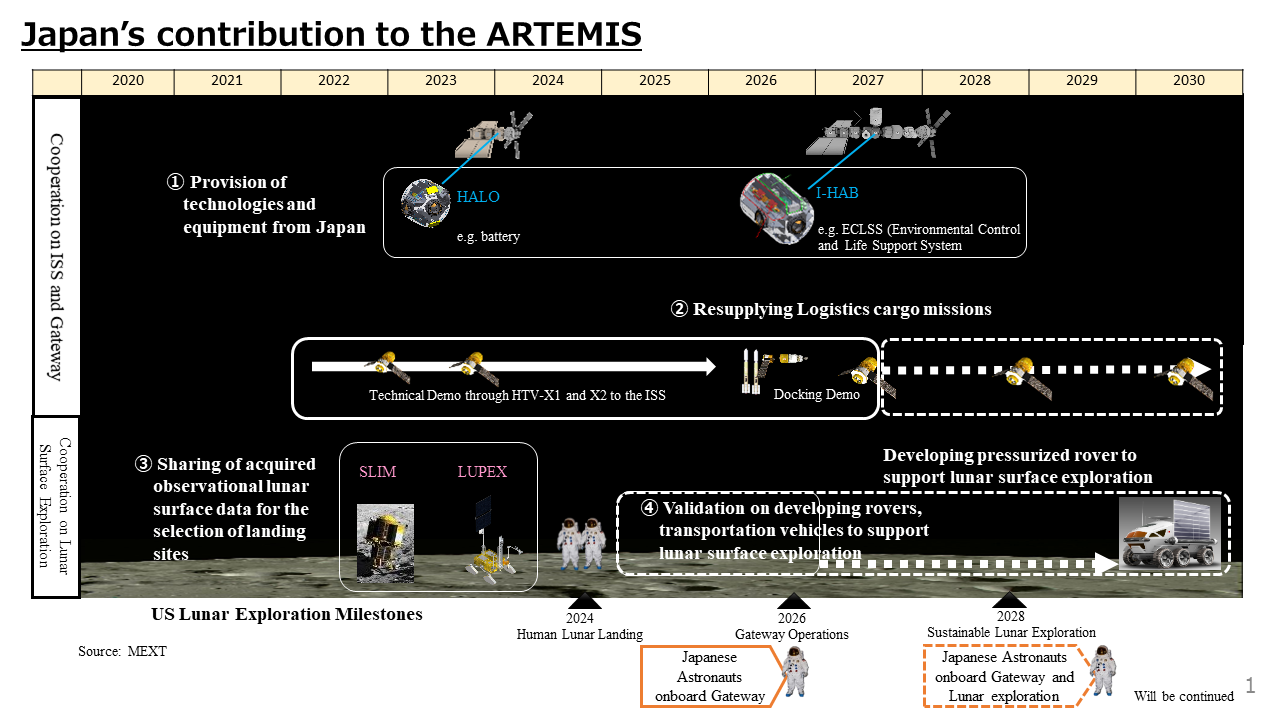 The ARTEMIS provides an opportunity for Japan to operate around and on the lunar surface, a place where it would be difficult for one nation to work alone. In May 2021, we compiled the “Basic Approach to Lunar Activities” to discuss what Japan should aim for, not only through international cooperation of ARTEMIS led by JAXA, but also with the participation of many stakeholders including industry.
The ARTEMIS provides an opportunity for Japan to operate around and on the lunar surface, a place where it would be difficult for one nation to work alone. In May 2021, we compiled the “Basic Approach to Lunar Activities” to discuss what Japan should aim for, not only through international cooperation of ARTEMIS led by JAXA, but also with the participation of many stakeholders including industry.
This Approach points out as follows;
The expansion of future lunar activities will depend on the knowledge gained from future lunar exploration, including existence, form and quantity of water resources. It is necessary to appropriately develop the technologies and infrastructure to support these lunar activities as they make progress. The development of a means of transportation on the lunar surface is an essential infrastructure from the early stages of the ARTEMIS. Unmanned construction systems, positioning systems, and communication systems are likely to become necessary as the exploration of water resources progresses around 2030. After the 2030s, when a sufficient amount of usable water resources are confirmed, plants and other facilities to utilise the water resources will be required. In addition, as manned exploration becomes more widespread, facilities to enable stay, power supply system, and systems to use local materials and reuse resources brought from the Earth may be required. If manned activities will be expanded to include longer stays and more people, food production systems will also be required.
Lunar exploration, including the ARTEMIS, is a valuable opportunity for industry to participate in space development and strengthen its competitiveness. However, since such R&D will take a long time, the Japanese government has started to support lunar development through the Stardust Program in order to steadily promote the development of each technology with an eye to the timing of its introduction into lunar activities.
This program is currently underway with the participation of a large number of companies from various industries, concentrating investment in four technological fields that are considered highly necessary for future lunar activities and highly synergistic with terrestrial technologies.
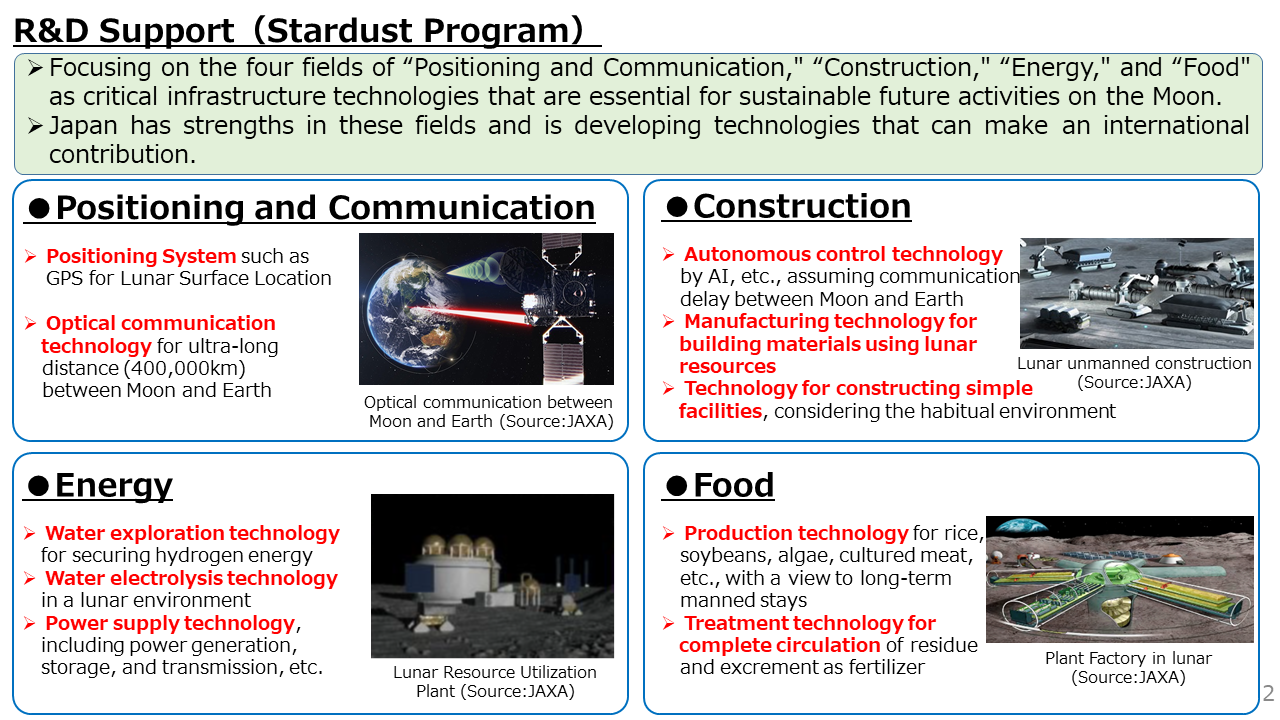 I hope that various technologies and infrastructures will emerge from the lunar exploration, which is a new challenge for mankind, and open up a new frontier. I look forward to fruitful cooperation with many international partners in this challenge.
I hope that various technologies and infrastructures will emerge from the lunar exploration, which is a new challenge for mankind, and open up a new frontier. I look forward to fruitful cooperation with many international partners in this challenge.
References
〇 Basic Plan for Space Policy approved by the Cabinet
〇 Technical information about the science and exploration projects: from JAXA
〇 For other information about the Space Policy of Japan, please refer to the following
URL: https://www8.cao.go.jp/space/english/index-e.html

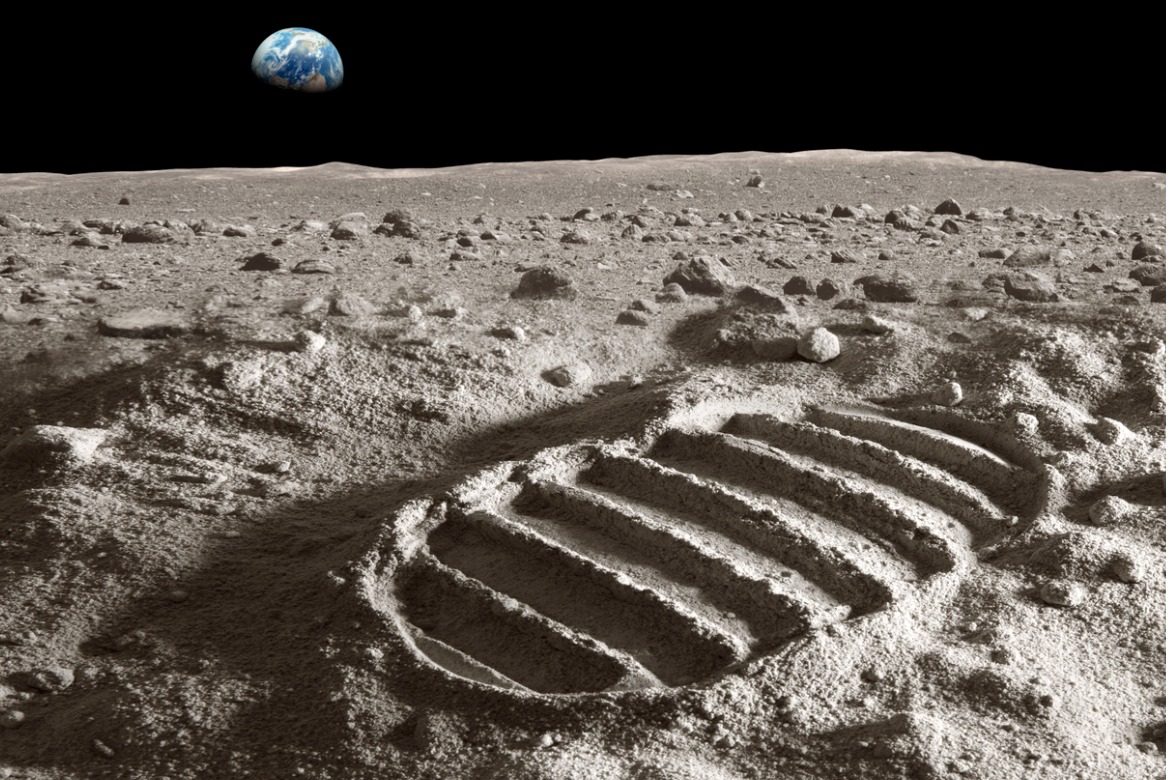

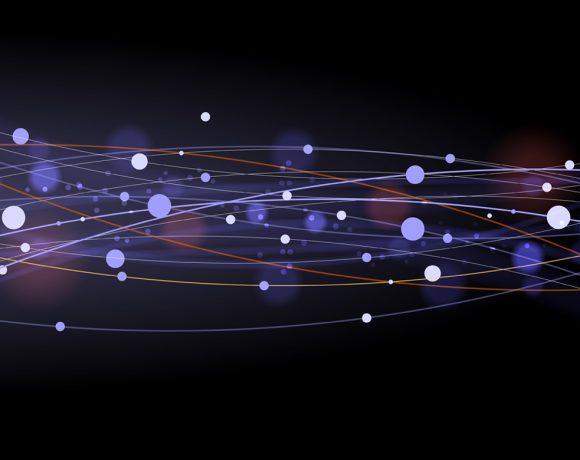
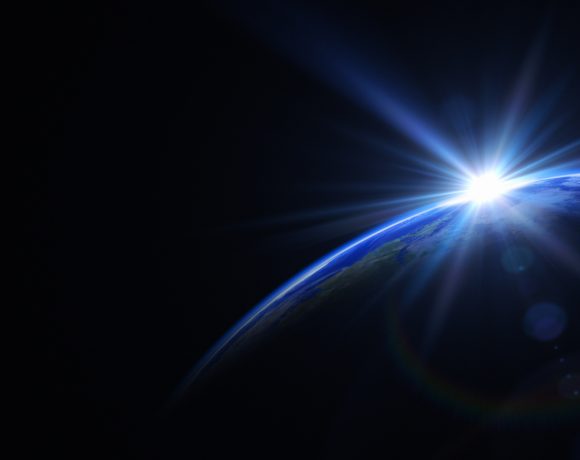

NO COMMENT